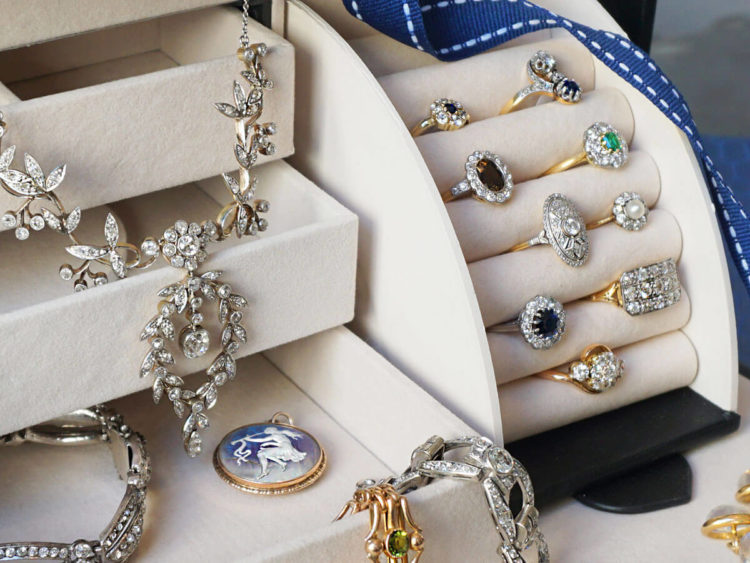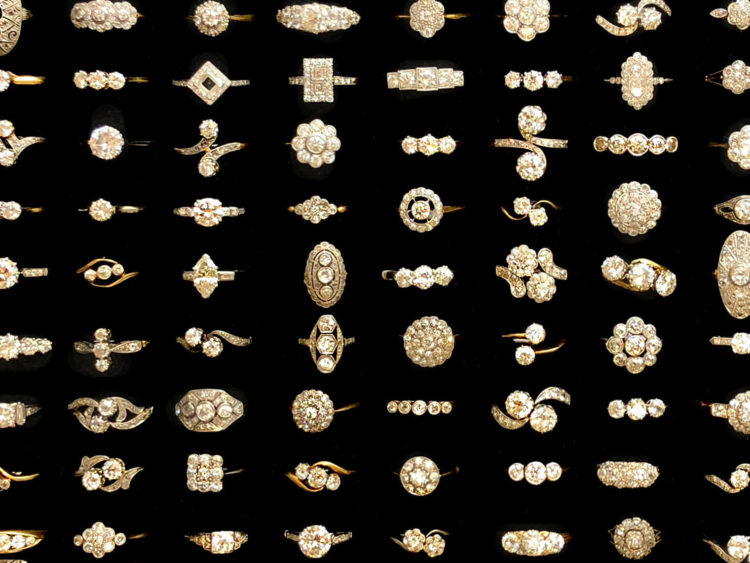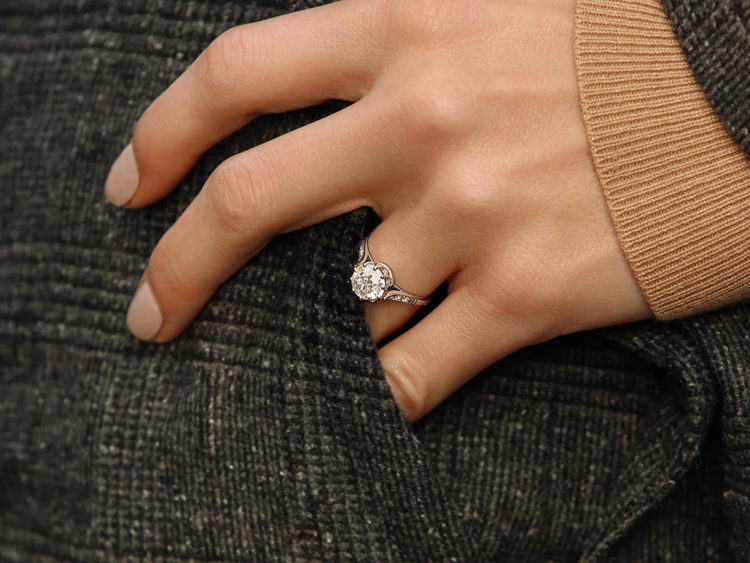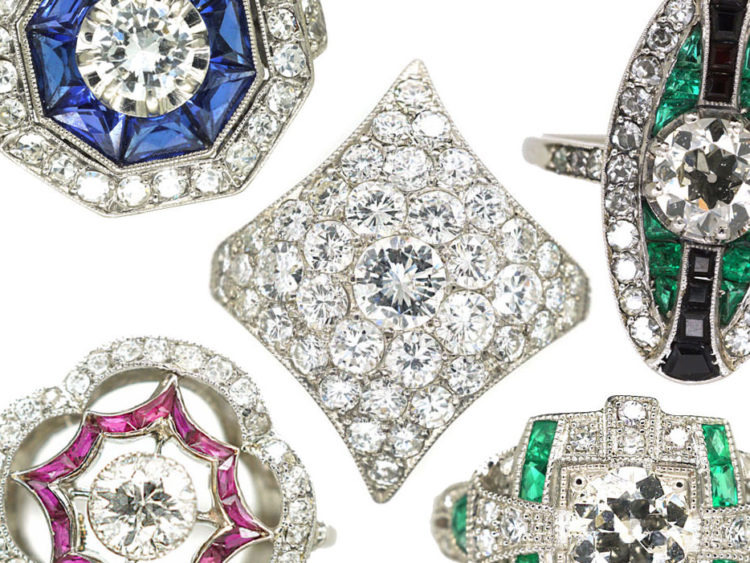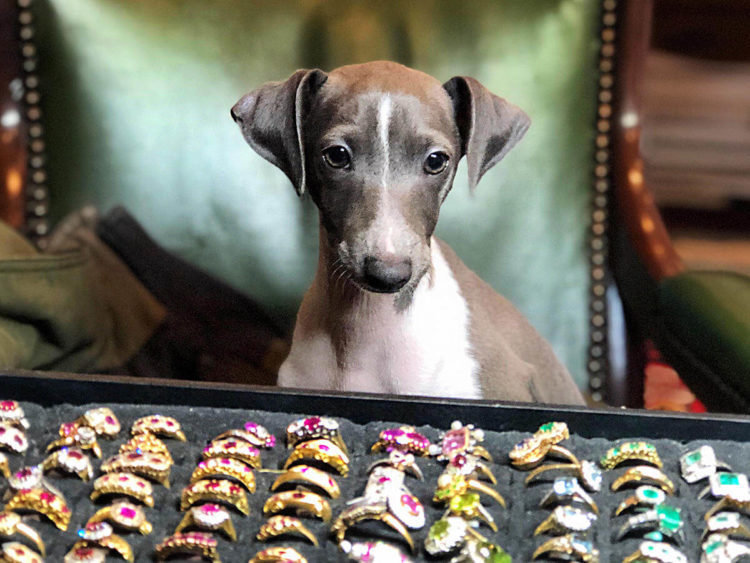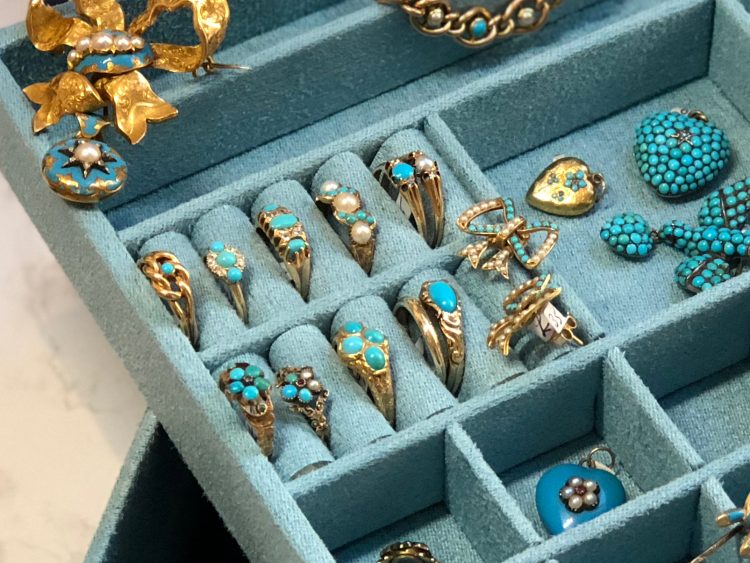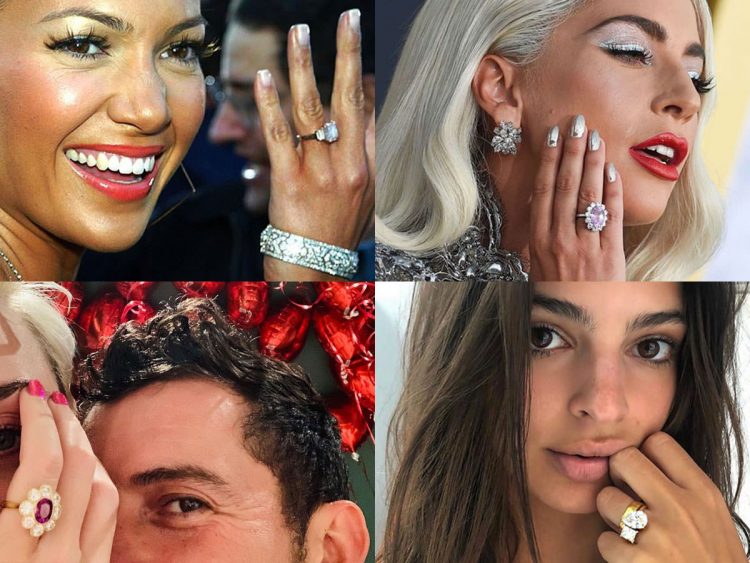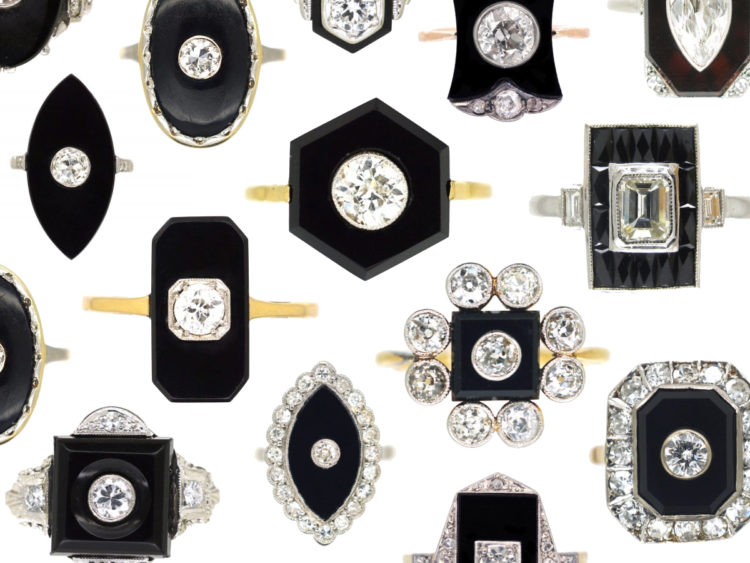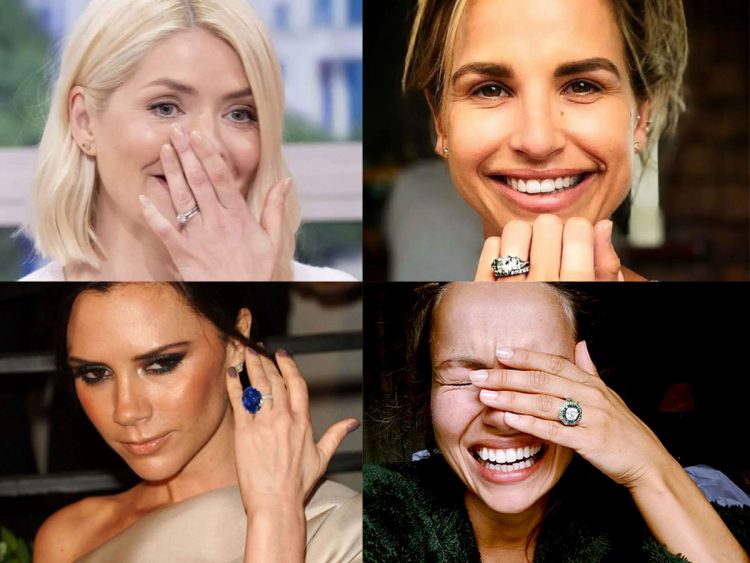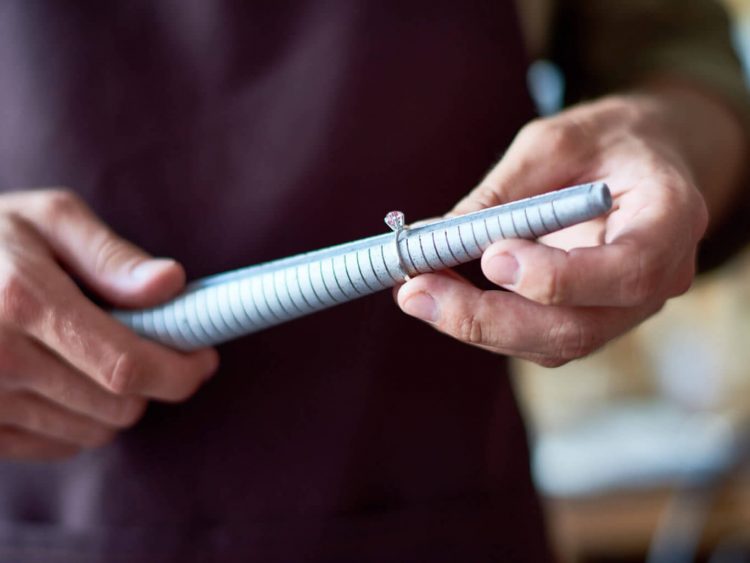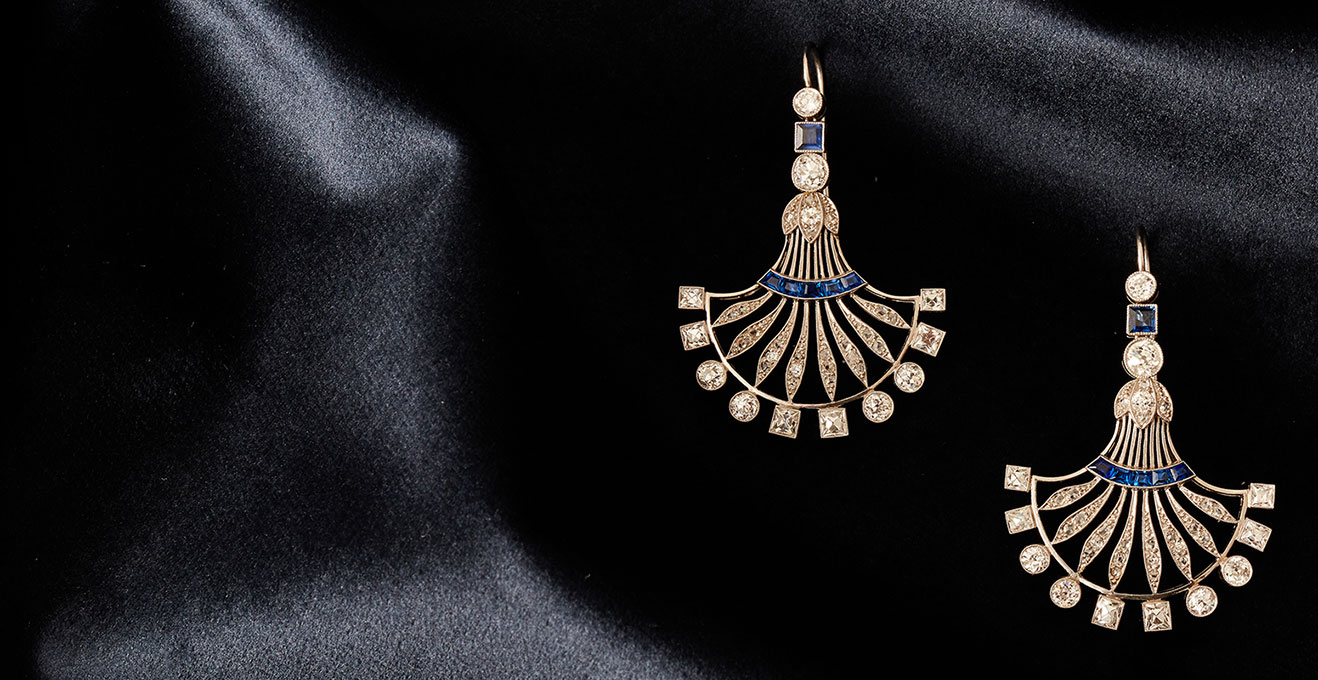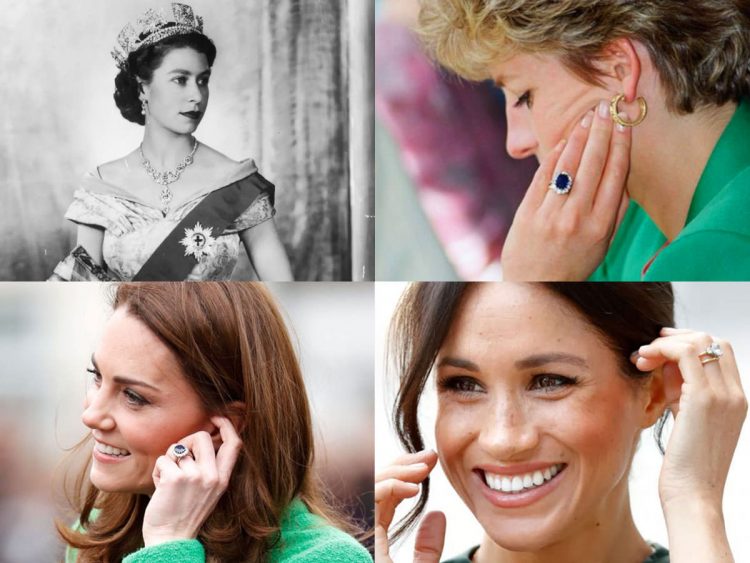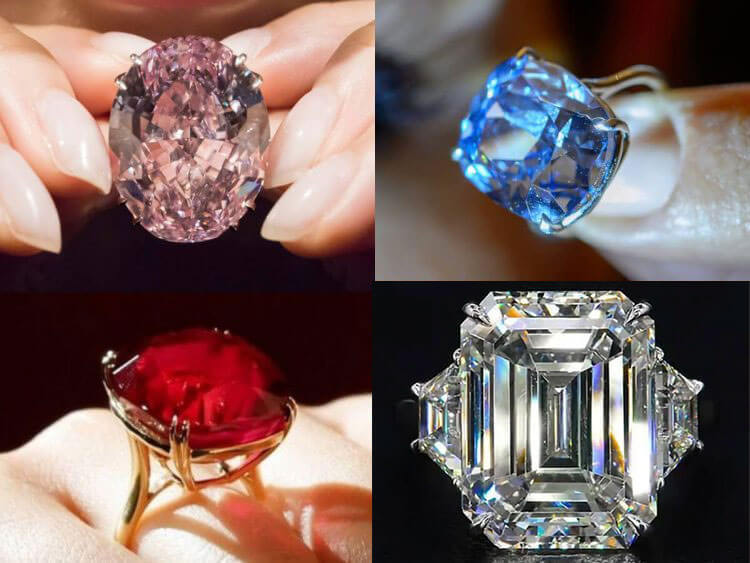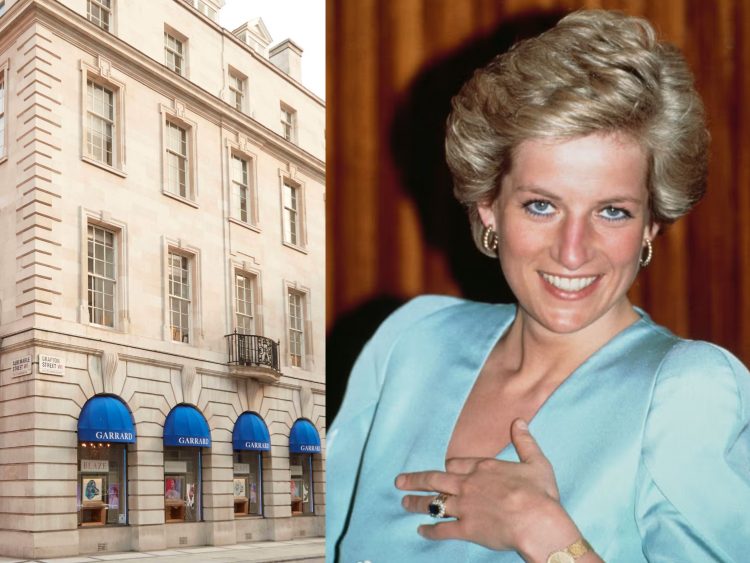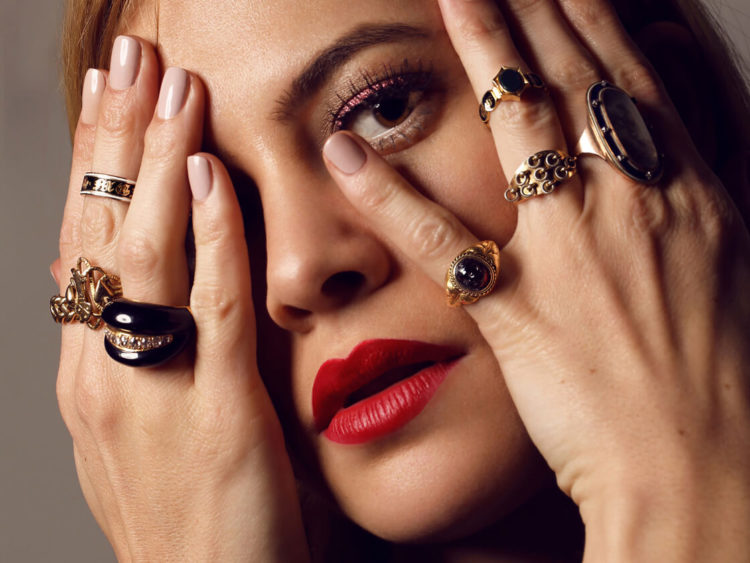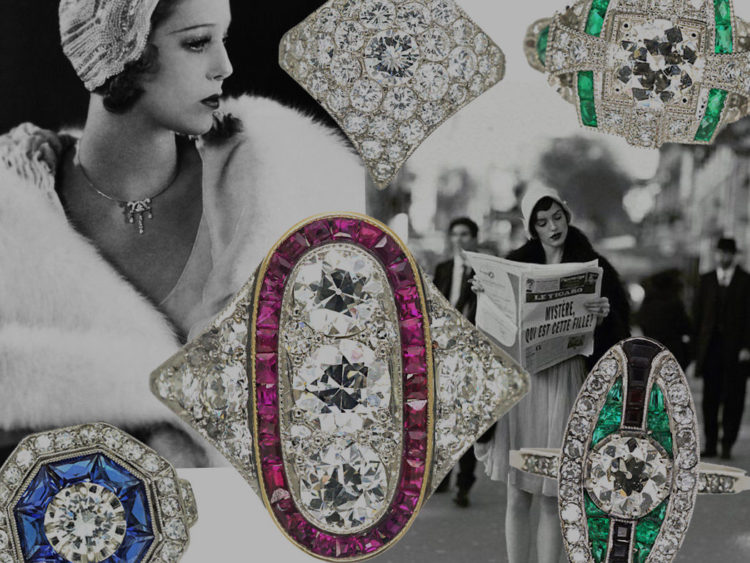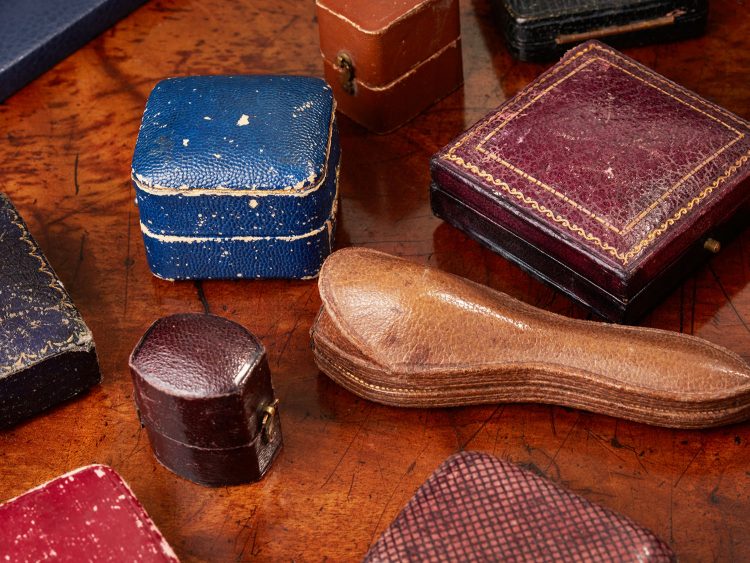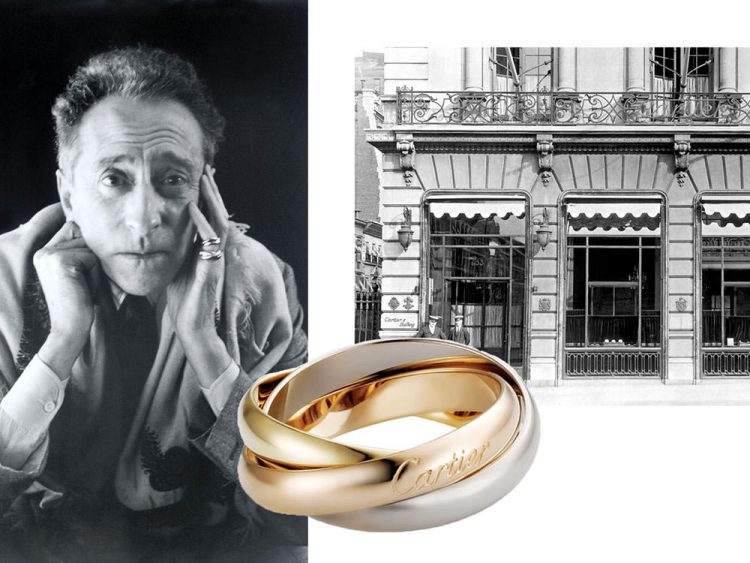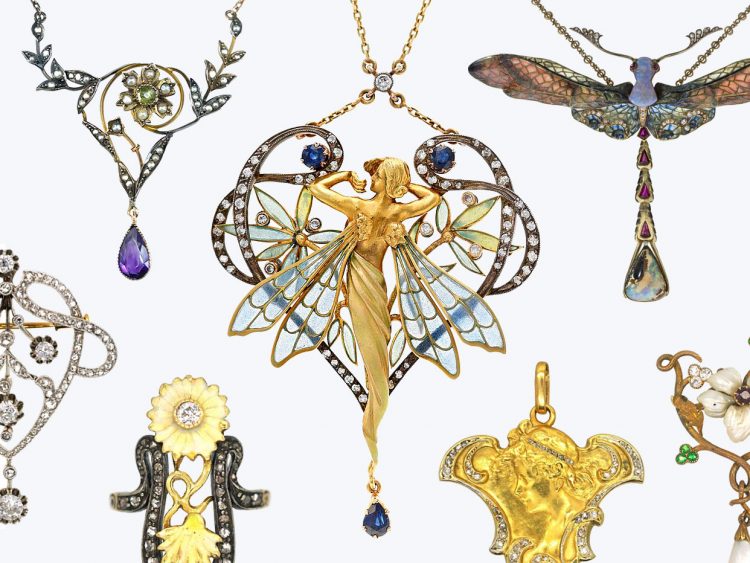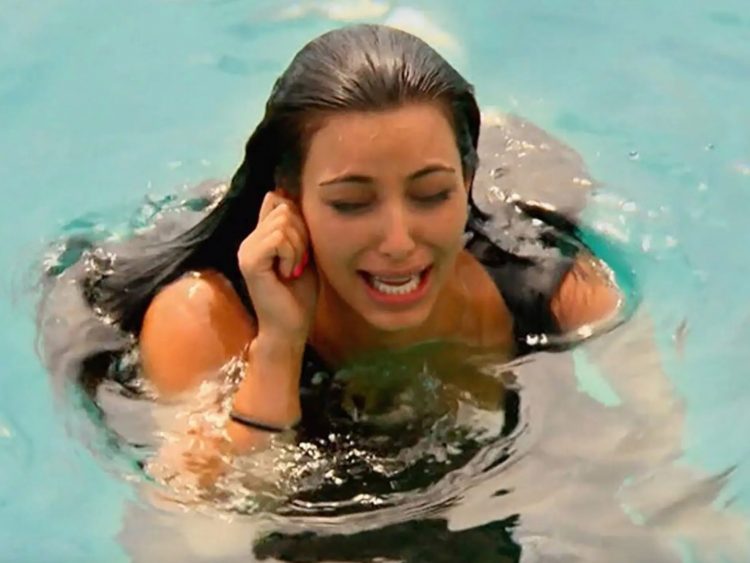-

Your Shopping Bag is empty
Which Finger Does a Wedding Ring Go On?
When it comes to weddings, few traditions are as deeply rooted as the exchange of rings. Whether it’s a shimmering diamond or a simple gold band, the wedding ring is a symbol of eternal love and commitment. But with such a time-honoured tradition comes an intriguing question: which finger does a wedding ring go on? While most of us may automatically think of the “ring finger,” the story behind why rings are worn on this particular digit is steeped in history, culture, and sentiment.
The Tradition of the Left-Hand Ring Finger
In many Western cultures, the wedding ring is traditionally worn on the fourth finger of the left hand. This is the finger most commonly referred to as the “ring finger.” But why this finger, and why the left hand?

The origins of this practice can be traced back to the ancient Romans, who believed that a vein called the vena amoris (the vein of love) ran directly from the fourth finger of the left hand to the heart. Wearing the wedding ring on this finger was thought to symbolise the love connection between a couple’s hearts, a sentiment that has endured through the centuries.
Of course, modern anatomy has since debunked the idea of a special love vein, but the romantic notion has lingered, keeping the tradition alive. Today, this placement remains the norm in countries like the UK, the US, Canada, and many European nations.
Different Fingers for Different Cultures
While the left-hand ring finger reigns supreme in many parts of the world, other cultures have their own beautiful customs regarding the placement of the wedding ring.
In countries such as Germany, Russia, India, and Norway, the wedding ring is often worn on the right hand. This custom, especially in Russia and Germany, stems from religious traditions and old-world superstitions. For example, the right hand has long been associated with strength and honour, making it a fitting place for a symbol of lifelong commitment.
In some cultures, the hand on which a wedding ring is worn can signify a stage of the relationship. In Brazil, for instance, couples typically wear their engagement rings on their right hand and move them to the left once they are married.
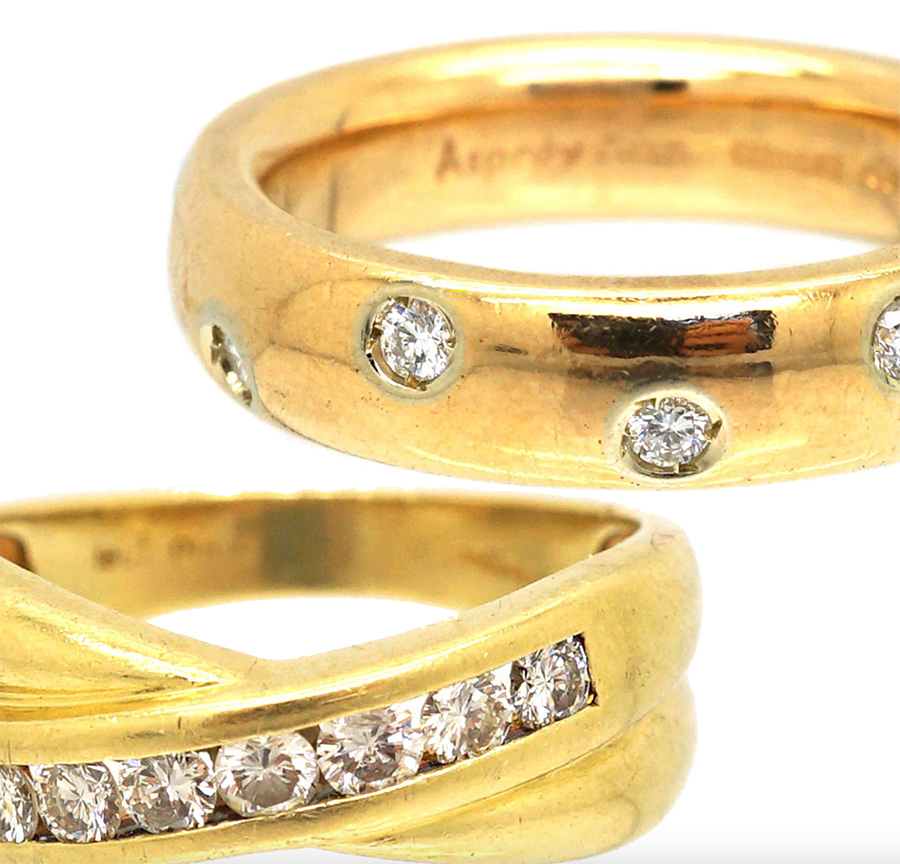
Engagement Rings vs. Wedding Rings
It’s worth noting the distinction between the engagement ring and the wedding ring, as these two are often worn together on the same finger but have different traditions surrounding them.
An engagement ring, often more elaborate or ornate, is typically given during the proposal and worn on the left-hand ring finger. On the wedding day, the wedding band joins it. Many brides will wear the engagement ring on the right hand during the ceremony, only to move it back to the left afterward, stacking it above or below the wedding band.
Some people opt to wear just one ring post-wedding, while others continue to stack or even add anniversary bands over the years.
Symbolism and Sentiment
While tradition plays a big role in determining which finger to wear your wedding ring on, the sentiment behind the choice is what truly matters. The ring itself is a perfect circle, symbolising eternity and the unending bond between two people. Whether worn on the left or right hand, on the fourth finger or another, the significance of the wedding ring remains universal—a testament to love, fidelity, and partnership.
In the modern age, couples are making more personalised choices with their rings. Some might choose to wear their rings on a necklace close to their heart, while others may have cultural or personal reasons for wearing it on a different finger. The beauty of such a timeless tradition lies in the meaning you and your partner place upon it, making the ring uniquely yours.
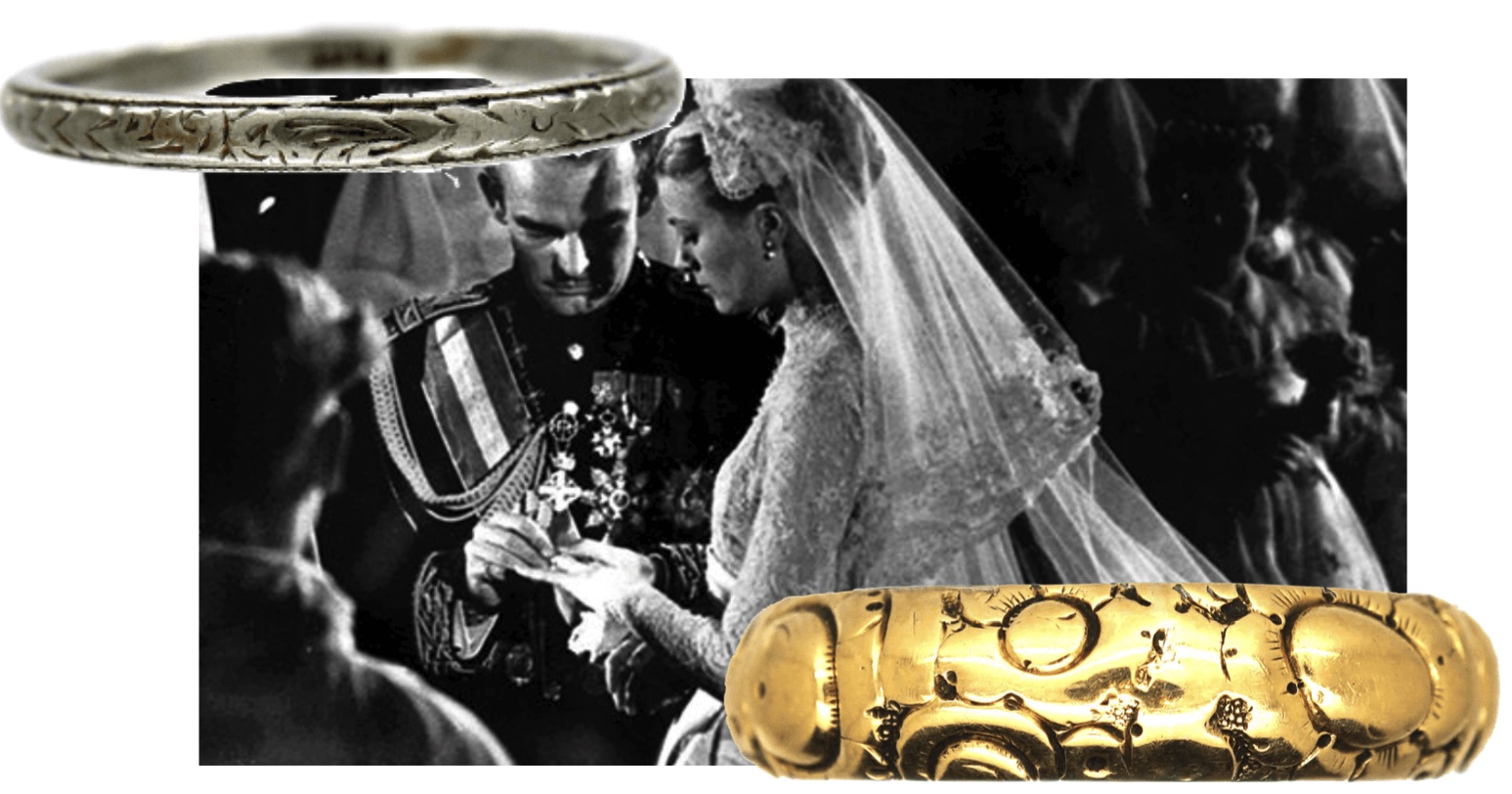
-
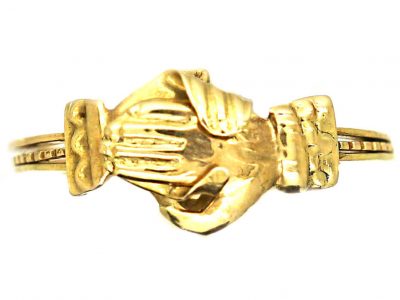 Victorian 18ct Gold Fede Ring with Hands & Hidden Heart
Victorian 18ct Gold Fede Ring with Hands & Hidden Heart -
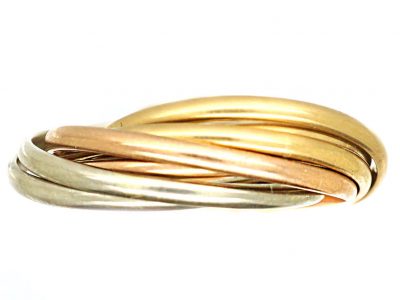 Cartier Trinity 7 Series Mixed Gold Wedding Ring
Cartier Trinity 7 Series Mixed Gold Wedding Ring -
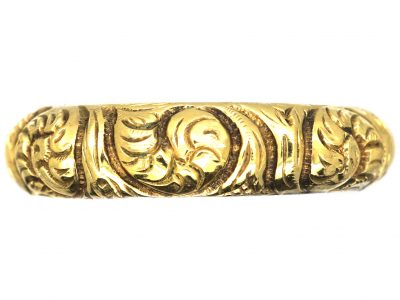 Georgian 15ct Gold Cased Wedding Ring
Georgian 15ct Gold Cased Wedding Ring -
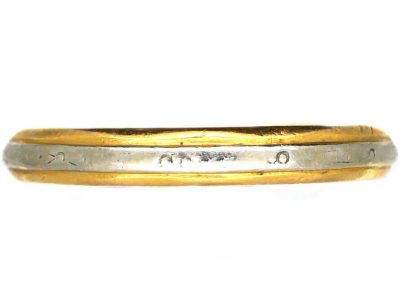 18ct Gold & Platinum Wedding Ring by Charles Green & Sons
18ct Gold & Platinum Wedding Ring by Charles Green & Sons -
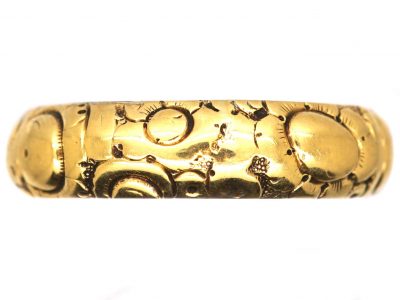 Georgian 18ct Gold Wedding Ring with Repousse Decoration
Georgian 18ct Gold Wedding Ring with Repousse Decoration -
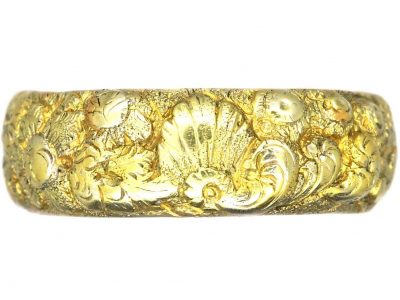 Georgian 18ct Gold Wedding Ring with Shell & Flower Detail
Georgian 18ct Gold Wedding Ring with Shell & Flower Detail -
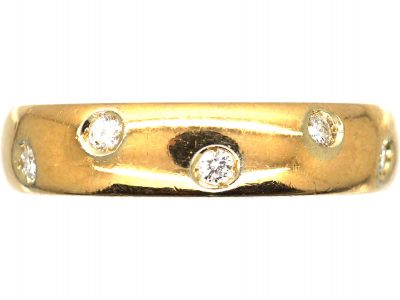 18ct Gold & Diamond Ring Retailed by Asprey£1,500or from £125/month at 0%
18ct Gold & Diamond Ring Retailed by Asprey£1,500or from £125/month at 0% -
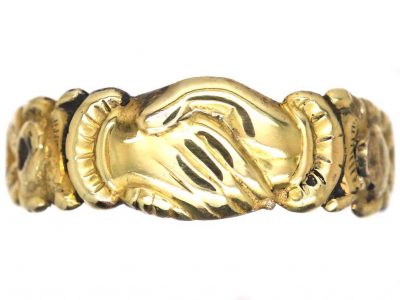 Early 19th Century Fede Ring
Early 19th Century Fede Ring -
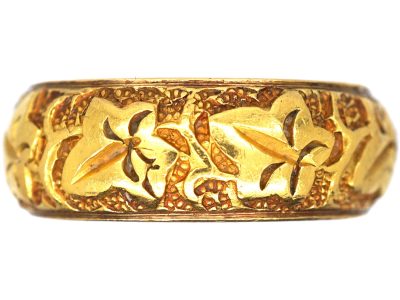 18ct Gold Wedding Ring with Ivy Leaf Detail
18ct Gold Wedding Ring with Ivy Leaf Detail -
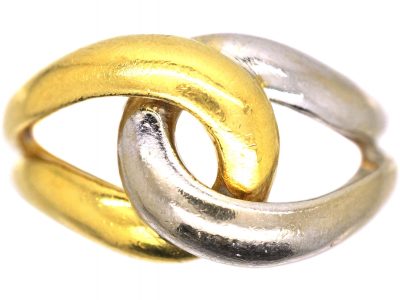 French 18ct White & Yellow Gold Knot Ring
French 18ct White & Yellow Gold Knot Ring -
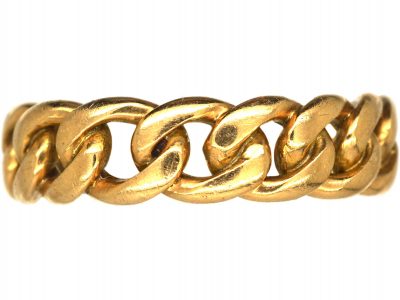 Edwardian 18ct Gold Curb Link Ring
Edwardian 18ct Gold Curb Link Ring -
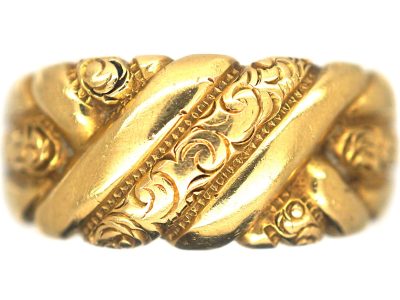 Edwardian 18ct Gold Keeper Ring
Edwardian 18ct Gold Keeper Ring
Breaking Tradition
As times evolve, so too do the customs surrounding weddings. For many couples, breaking tradition can be just as meaningful as adhering to it. While the majority may still choose the ring finger, some might wear their rings on their thumb or middle finger, or even on a completely different hand—especially for those who work with their hands and find wearing a ring on the traditional finger impractical.
Jewellery has always been a form of self-expression, and wedding rings are no different. Personal preference can reign supreme, especially in a world where many old customs are being reinterpreted with a modern twist.
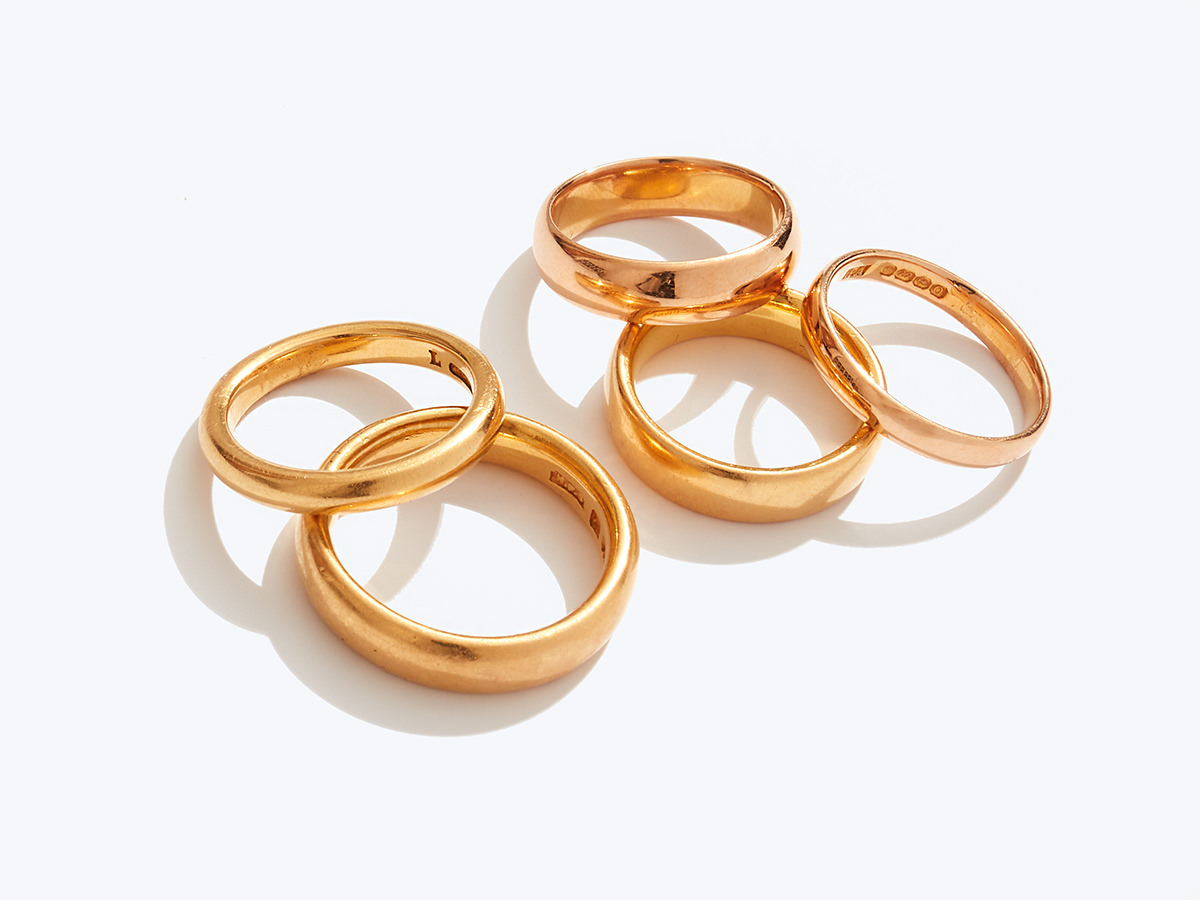
Conclusion: Follow Your Heart (and Finger!)
In the end, which finger you wear your wedding ring on comes down to tradition, culture, and personal preference. Whether you opt for the classic left-hand ring finger or a more unique placement, the true essence of a wedding ring is the love it symbolises.
At The Antique Jewellery Company, we’ve witnessed couples embracing tradition, forging their own paths, and everything in between. So whether you’re browsing for the perfect vintage wedding band or an engagement ring to treasure for a lifetime, remember: it’s not just about which finger it goes on, but the story and love behind it.
After all, isn’t that what makes a ring truly priceless?
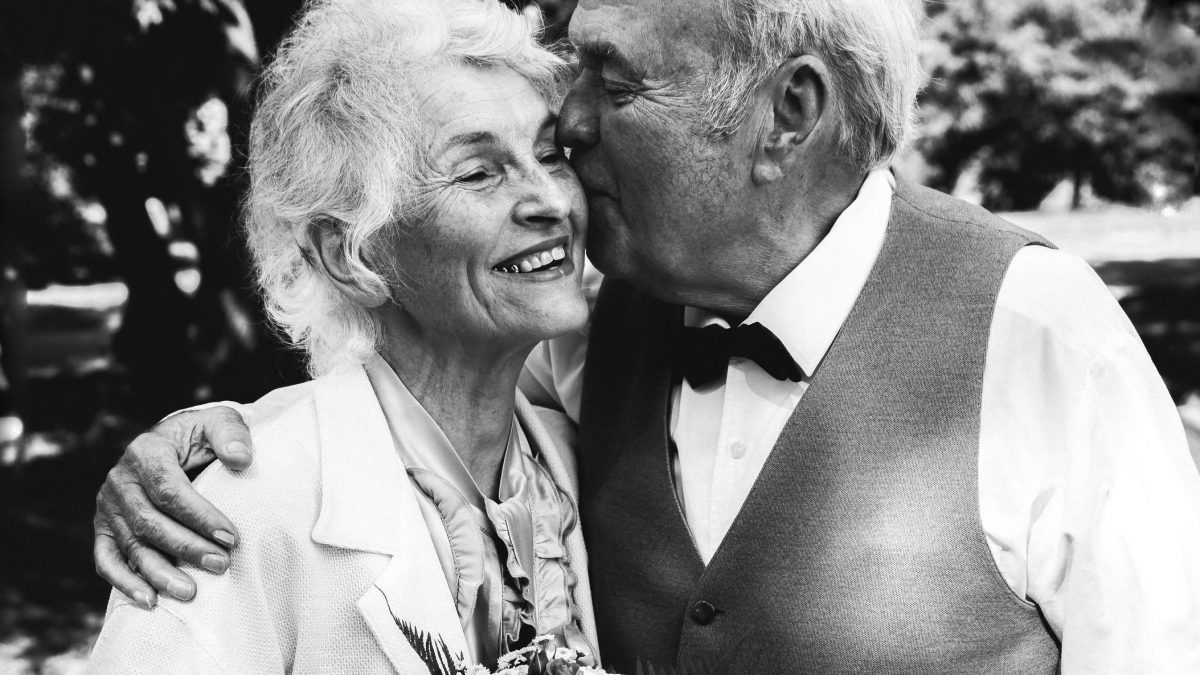



 Free Worldwide Delivery
Free Worldwide Delivery View All
View All
 Diamond
Diamond
 Sapphire
Sapphire
 Emerald
Emerald
 Ruby
Ruby




